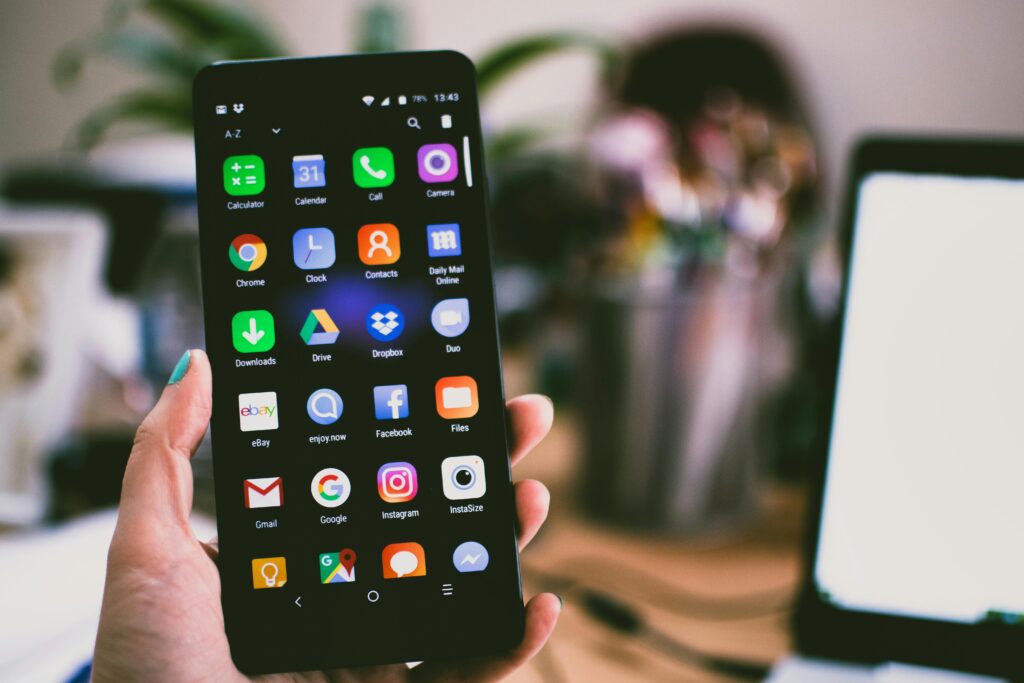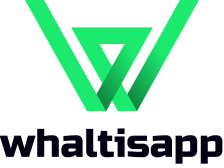
In our increasingly digital world, applications (or “apps”) are everywhere. They power our smartphones, our computers, and even our smart home devices, fundamentally changing how we work, communicate, and entertain ourselves. But not all apps are created equal. The term “app” is a broad umbrella covering a diverse range of software, each designed with specific purposes and built on different technologies.
Understanding these distinctions isn’t just for tech enthusiasts; it’s crucial for anyone looking to make informed decisions about the tools they use, whether for personal productivity or business solutions. Let’s take a comprehensive look at the different types of apps that define our modern digital experience.
1. Native Mobile Apps
What they are: These are applications built specifically for a particular mobile operating system (OS), such as iOS (for Apple devices) or Android (for Google, Samsung, etc. devices). They are developed using programming languages and tools native to that OS (e.g., Swift/Objective-C for iOS, Java/Kotlin for Android). You download them from official app stores (Apple App Store, Google Play Store).
Key Characteristics:
- Optimal Performance: Highly optimized for the specific device and OS, offering fast, smooth, and responsive user experiences.
- Full Device Access: Can fully leverage device hardware features like the camera, GPS, accelerometer, microphone, and push notifications.
- Offline Capability: Often function well even without an internet connection, or offer significant offline features.
- Platform-Specific UI/UX: Adhere to the design guidelines of their respective platforms, providing a familiar feel to users.
Best For: Complex applications requiring high performance, rich animations, extensive device feature integration, or a highly personalized user experience. Think high-end games, photo/video editing apps, or robust banking apps.
2. Web Apps
What they are: These are applications that run on a web server and are accessed through a web browser over an internet connection. They are built using web technologies like HTML, CSS, and JavaScript. They don’t require downloading or installation onto your device.
Key Characteristics:
- Cross-Platform Compatibility: Work across any device and operating system that has a compatible web browser.
- No Installation Required: Simply access via a URL.
- Easier Updates & Maintenance: Updates are deployed on the server and are immediately available to all users.
- Discoverability: Are indexed by search engines, making them discoverable via traditional web searches.
Best For: Applications that prioritize broad accessibility, lower development costs, faster deployment, and where offline functionality or deep device integration isn’t critical. Examples include online banking portals, web-based email clients (like Gmail in a browser), and cloud-based productivity suites (Google Docs).
3. Progressive Web Apps (PWAs)
What they are: PWAs are a fascinating hybrid, essentially web apps that leverage modern web capabilities to deliver an app-like experience. They aim to bridge the gap between web and native apps by offering features traditionally associated with native apps, while still running in a browser environment.
Key Characteristics:
- Installable: Can be “added” to a device’s home screen, functioning like a native app icon.
- Offline Functionality (Limited): Can often work offline or in low-connectivity conditions using cached data.
- Push Notifications: Can send push notifications to users.
- Responsive Design: Adapt to fit any screen size.
Best For: Businesses looking for a cost-effective way to offer an enhanced web experience that feels like a native app, without the overhead of separate native development. Many e-commerce sites and news platforms are adopting PWAs.
4. Desktop Applications
What they are: These are traditional software programs that are installed directly onto a desktop or laptop computer (e.g., Windows PCs, macOS, Linux). They run locally on the computer’s operating system.
Key Characteristics:
- High Performance: Can utilize the full power of the computer’s hardware.
- Offline Functionality: Typically work fully offline.
- Full System Access: Can interact deeply with the operating system and local files.
- Rich Features: Often offer the most comprehensive feature sets for complex tasks.
Best For: Professional-grade software requiring significant computing power, large file handling, or intricate user interfaces. Examples include Adobe Photoshop, Microsoft Office Suite, video editing software, and specialized engineering applications.
5. Hybrid Apps
What they are: These apps are built using web technologies (HTML, CSS, JavaScript) but are wrapped in a native container. This allows them to be distributed through app stores and access some native device features through plugins, while still maintaining a single codebase.
Key Characteristics:
- Single Codebase: Easier and faster to develop and maintain compared to native apps (one code for both iOS and Android).
- App Store Presence: Can be published to app stores.
- Limited Native Feature Access: Can access some device features, though often less seamlessly than true native apps.
Best For: Companies wanting to reach both iOS and Android users with a relatively lower budget and faster development cycle than fully native solutions, when high performance or deep device integration isn’t the absolute priority.
The Right App for the Right Job
The app landscape is rich and diverse, each type serving distinct purposes. From the unparalleled performance of a native mobile app to the universal accessibility of a web app, and the powerful capabilities of a desktop application, understanding these differences is key. By matching the right type of app to your specific needs – whether personal or professional – you can unlock unparalleled efficiency and a truly optimized digital experience.
